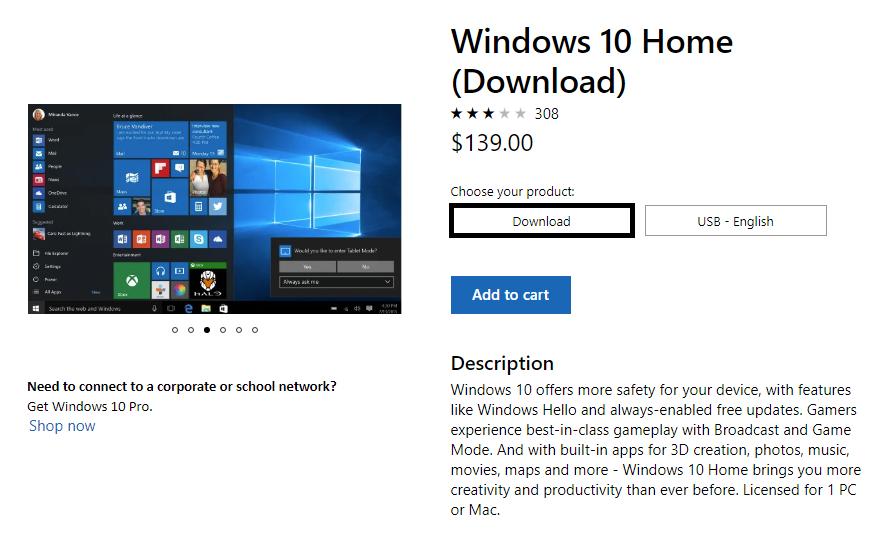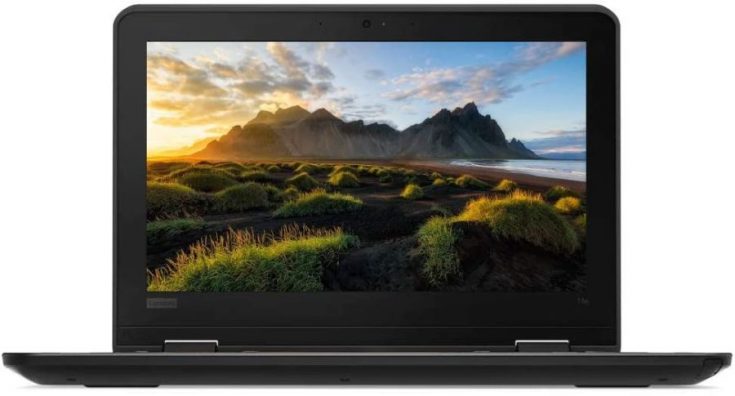



Supports higher end hardware than standard Windows licensingįaster software setup time on GUI interface Support for Windows server software such as IIS But if you’re still on the fence about deploying your next server with Windows 2016 or Windows Server 2019, here are a few reasons to do so:Įasy to use management interface on both standard edition and datacenter edition. If you’re reading this article, chances are you may already be convinced of the benefits of Windows Server. See Also: ServerMania offers Dedicated Servers for Windows including Windows Server 2012 and Windows Server 2016 Why Choose Windows Server In this article, we’ll discuss how much a Windows Server license costs and review all of the Windows Server licensing options so you can better understand the Windows Server cost. While Windows Server is more expensive than running Linux due to licensing costs, it can be a good operating system option depending on what software and applications a business is powered on. This would coincide nicely with the release of new CPUs, and both Intel and AMD seem to be positioning themselves to capitalize on any new AI functionality in the upcoming release.In the server realm, Windows and Linux are both incredibly popular options for the server OS. Last year, Microsoft purportedly reverted to a three-year release cycle for Windows, meaning that the next major version of Windows may launch in 2024. The Core ML platform uses the dedicated NPU, resulting in greater energy efficiency as opposed to using the CPU and GPU. Apple employs its Core ML platform on MacBooks to execute machine learning models, expediting tasks like voice recognition and image processing. Intel is expected to catch up on the AI front with Meteor Lake, which will be built on the company's Intel 4 (7nm) node and be its first "chiplet" design, with separate dyes for the CPU cores, integrated graphics, and input/output.ĪMD and Intel are both in a race to catch up with Apple and its latest M2 chips, which boasts a specialized AI chip capable of handling 15.8 trillion operations per second, 40 per cent more than the M1.


 0 kommentar(er)
0 kommentar(er)
